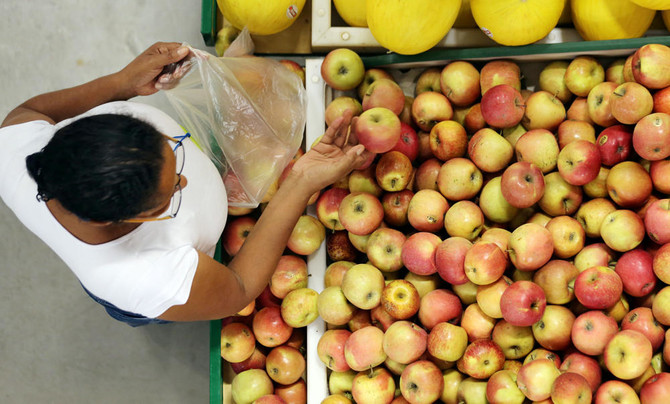BRASILIA: Brazil’s inflation finished 2016 within the official target range, government data showed on Wednesday, reinforcing calls for an aggressive cycle of interest rate cuts by the central bank as the economy remains mired in recession.
Consumer prices rose 6.29 percent in 2016, slowing from an increase of 10.67 percent in 2015 and below the 6.5 percent ceiling of the official goal. Prices rose 0.30 percent in December from November, slightly below market forecasts for an increase of 0.33 percent.
It was the fourth month in a row in which prices rose more slowly than economists in a Reuters poll had expected, and the lowest inflation rate for December since 2008.
During most of 2016, the central bank had been widely expected to miss its target for the second year in a row. The surprisingly fast slowdown in prices prompted the central bank to start cutting interest rates from 14.25 percent beginning in October to try to avoid a third year of recession.
Most economists expect a reduction of 50 basis points in the benchmark Selic rate, to 13.25 percent. “This reinforces bets that the central bank will give at least a stronger signal that it will cut rates faster going forward,” said Marcio Milan, an economist with Sao Paulo-based consultancy Tendencias.
Inflation is expected to end 2017 at 4.8 percent, according to a weekly central bank poll of economists. However, it should fall to as low as 4 percent by August, below the 4.5 percent target midpoint, said Leonardo Franca Costa, an economist with Sao Paulo-based research firm MCM. Chronically high inflation has dented consumer confidence and hindered investment plans by companies in Brazil for years, as interest rates remain among the highest for major world economies. Part of the reason for the inflation slowdown is massive unemployment, which has helped curb prices of services.
A measure of services inflation that excludes volatile items rose 6.27 percent in 2016, down from 6.54 percent in the 12 months through November.
Brazil meets 2016 inflation target
Brazil meets 2016 inflation target











